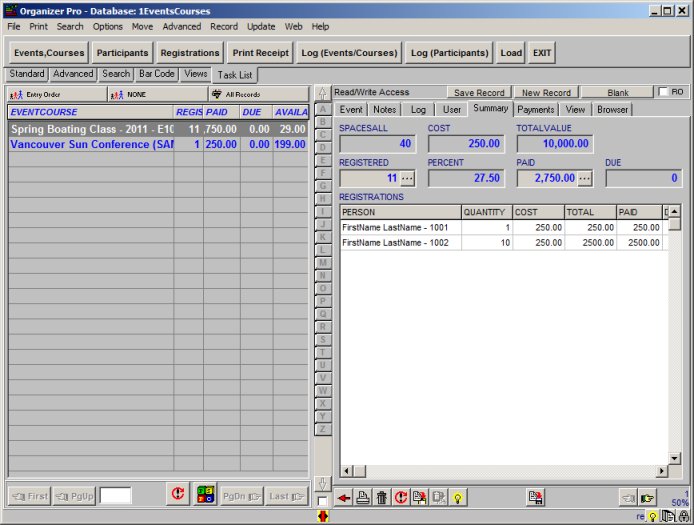

Now let’s look into subqueries that return one column with multiple rows. If this seems a bit complicated, you may want to check out our interactive SQL Basics course and brush up on your essential SQL skills. Each listed price is compared to this value, and only the paintings that are priced above average make it to the final output: name This subquery returns a single value: the average price per painting for our gallery. Our subquery is in the WHERE clause, where it filters the result set based on the listed price. That means that we first need to find this average price here’s where the scalar subquery comes into play: Basically, we want to get painting names along with the listed prices, but only for the ones that cost more than average. We’ll start with a simple example: We want to list paintings that are priced higher than the average. Now let’s explore this data using SQL queries with different types of subqueries. You can see the data stored in each table below. We have a database with four tables: paintings, artists, collectors, and sales. As we all know, it’s always easier to grasp new concepts with real-world use cases. You can read more about the different types of SQL subqueries elsewhere here, I want to focus on examples. Correlated subqueries, where the inner query relies on information obtained from the outer query.Multiple columns with multiple rows (i.e.

#Select multiple columns sequel pro how to#
In this article, I provide five subquery examples demonstrating how to use scalar, multirow, and correlated subqueries in the WHERE, FROM/JOIN, and SELECT clauses.Ī subquery, or nested query, is a query placed within another SQL query. SQL subqueries are basic tools if you want to communicate effectively with relational databases.


 0 kommentar(er)
0 kommentar(er)
